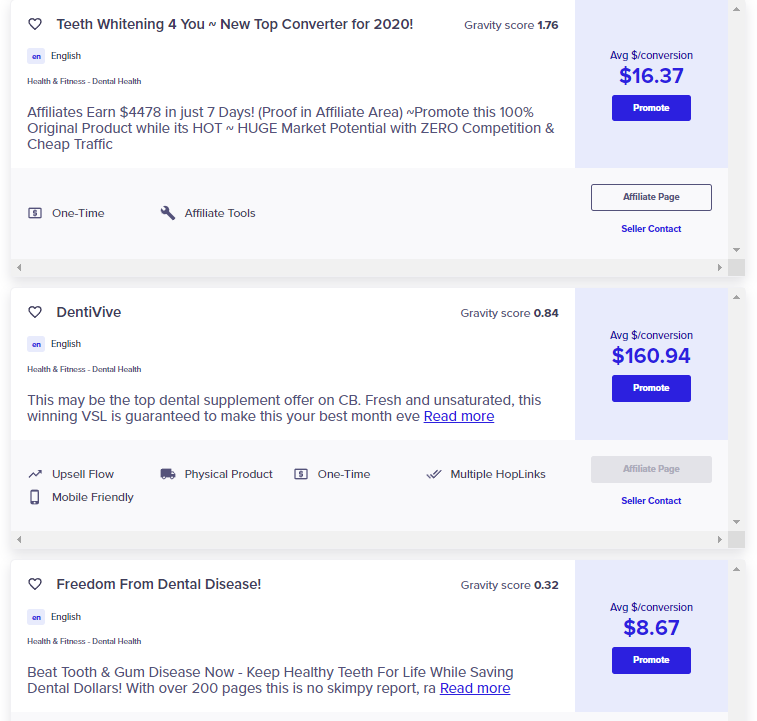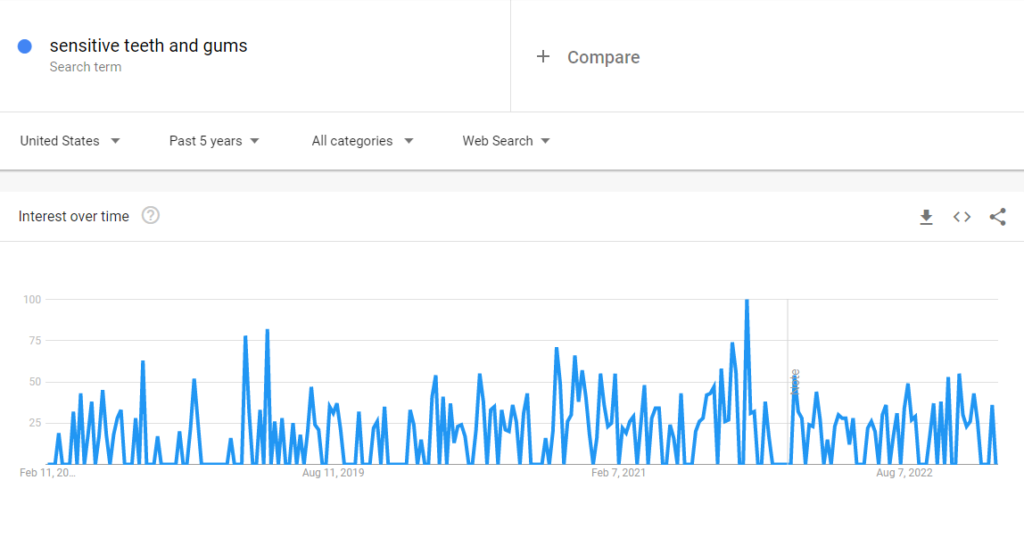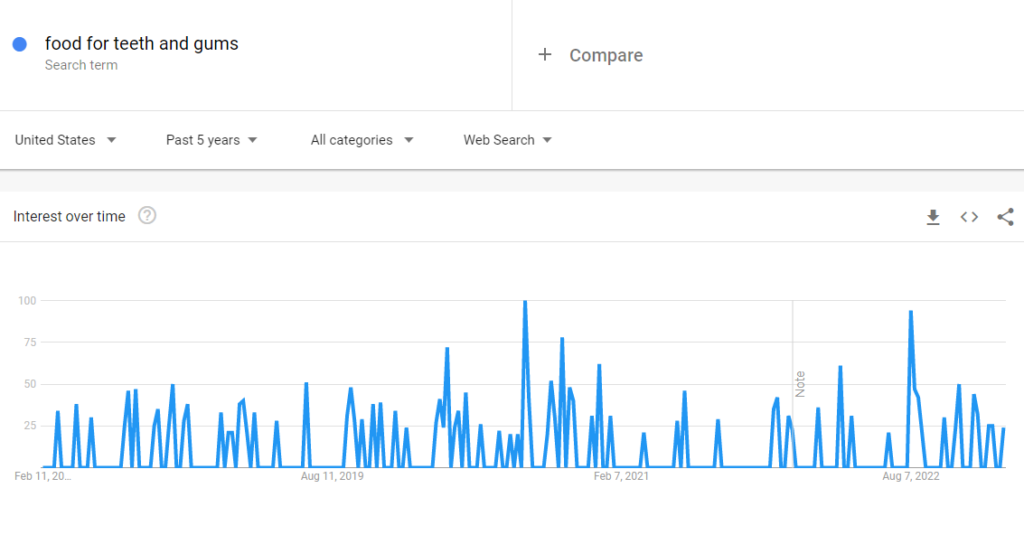How To Do Niche Research: A Simple No-Cost Method.

If you are in the internet marketing space, knowing how to do niche market research is going to be the first and most important thing that you need to learn before you start an online business.
Whether you are choosing to pursue a niche you know or don’t know, the key is research. It’s about due diligence, you need to do some research to make sure it’s a good niche before you invest additional time and money into the business.
In this post, I am going to show you how to do niche market research without spending anything. We are not going to use any paid tools and in fact, we actually don’t need any paid tools to find a good niche. It’s not rocket science nor is it a magic trick. It is a rational process.
The important thing here is not to overthink your niche but at the same time, do some simple checks to ensure that you are getting into the right niche. The more you do it, the better you will become at it.
The method that I am going to show you is simple and we only need a handful of ‘tools’ and the best part is they are all FREE!
What Are We Looking For In A Niche Research?

Once you have a list of niche ideas, the next step would be to decide on a good niche to pursue. Deciding on a good niche involves researching the ‘money spot‘ within the niche.
We want to figure out where the money is within the niche. That’s the end game.
So many people do themselves a failure before they even launch their product. They’re destined to fail because they choose a bad niche.
Failing to get the results that you want out of your niche can affect your motivation and commitment to building this business. Therefore, it is very important to research and choose the right niche.
The entire niche research process is divided into 3 major parts.
- Part 1: 4 important questions to ask when doing niche research.
- Part 2: Identifying tools to do the research.
- Part 3: Answering the 4 questions by doing the actual research.
Part 1: Four Qualifying Questions
There are 4 important questions in the niche market research process that provide good guidance. These will be questions that you will be attempting to answer when you do the actual niche research.
- How big is the niche?
- How competitive is the niche?
- How profitable is the niche?
- What is the money spot within the niche?
(1) How big is the niche?
There is no right answer to this question. Both large and small niches can be great but it will affect what kind of strategy and marketing methods you will use.
If the niche is really big, it will be difficult to target a specific audience and most likely it’s going to be a highly competitive niche.
If the niche is very small, it could be difficult to get targeted traffic and make enough money to make it worth it.
So, there’s a spectrum. On one end, big niches always hold a lot of money but may be more difficult to get that money. On the other end, small niches may hold less money but it would be easier to get that money.
So, what should be the ideal size of a niche?
Ideally, everyone wants a niche that is big enough to make money and small enough to have less competition.
However, in reality, niches in all sizes can be good choices.
For example: Let’s take a mega niche like weight loss.
It’s so big and has millions of competitors. It might look difficult to break into. But that really depends on your methods and strategies. If you are looking to build an authority site for free search engine ranking for the term weight loss, that’s going to be an uphill battle.
If you are using paid traffic or social media traffic, it is not impossible to build an audience of 10 thousand people. It’s actually a pretty small goal in the weight loss niche.
On the flip side, it is possible to have a tiny little niche and make a full-time living from it. You probably need a big-ticket product to sell or something that gives you recurring income.
If you are a newbie, it would easier to start with a niche that is easily found among the average internet surfing population. You probably don’t want to pick the smallest micro niche. You’d want to pick a niche that can be easily targeted through typical traffic channels like Google and Facebook.
(2) How Competitive Is the Niche?
If there are too many competitors, you may have a hard time breaking into the niche and grabbing a share of the market. On the other hand, if there are zero competitors, it could be a signal that there is no money to be made in the niche.
Generally, more competition is often better for everyone in the market. The bigger question here is what is the competition doing and how can I do it better or differently.
(3) How Profitable Is The Niche?
The whole idea of doing niche market research is to find out if the market has money to spend on your product. You need to have an audience with money and they need to be able to pay for the information that you are providing. Since you are selling information products, you need also to determine if the market is willing to buy digital products as opposed to physical products.
What If There’s A Ton Of FREE Information Already Available In That Niche?
The presence of a lot of information in a niche is actually a good sign. It shows that the information is in demand and a lot of people are looking for it. It does not mean people will not be willing to pay for the same information.
Often, that free information is disorganized. It’s overwhelming and there are conflicting opinions and advice. If you have ever done research using all the free sources of information on the internet then you know how time-consuming and how frustrating of an experience it can be.
Even if the right and proper solution is available in the free information, it is bogged down by other free information and it is probably not formatted in the way it is most conducive to actually helping your audience.
(4) What Is The Money Spot Within The Niche?
In other words, what is the pain relief or pleasure that this niche is so desperately seeking? The way we identify this is by paying attention to the specific things that people are searching for the most. The specific products that are selling the best and the specific complaints that we can from the members of that niche.
What we are looking for is a sub-niche and there are several ways to find a sub-niche. Essentially, you want to specialize in that sub-niche.
If your website is about general niches, don’t worry about it. It allows you to pivot different types of sub-niches but eventually, you’d want to focus on one particular sub-niche.
Surveying Your Market
This is an ideal way to find your money spot. You cannot perform niche market research without surveying your market. It can really help you zero in on a pain point. There are several ways to survey your audience such as incentivizing your social media audience to solicit feedback, sending traffic via paid ads to a survey form, or using your own email list.
Promote A Similiar Product As An Affiliate
This is a great test of the market. Before investing time and money in developing a product of your own, find a similar product in the money spot that you are looking at and promote it as an affiliate. If you don’t have a list of your own yet, send some paid traffic to it.
When you consider launching an entire business around this certain niche, it makes sense to do a test. If you are unable to make any sales as an affiliate, you’re probably also going to have a hard time selling your own product in that same niche.
Part 2: Identifying Tools To Do The Research

There are many websites or tools out there that can help with your niche market research which are both free and paid. We are going to look at the free ones.
For each of the 4 questions, there are specific websites that you can use to do your research. Let’s go ahead and look at them.
How Big Is The Niche?
This is the easiest of all 4 questions. To find out if the niche that you have chosen is big or small, all you need to do is use Google. The number of search results for keywords in your niche will show the size of your niche.
How Competitive Is The Niche?
In a way, the bigger your niche, the more competitive it is. Usually, that’s the case. So if you are researching the size of your niche, you are also getting an insight into how competitive is your niche.
However, if you want to go a bit deeper, you can use a very popular tool called Ubersuggest. It will provide you with information about how competitive the keywords or search terms are within your niche.
How Profitable Is The Niche?
If you are starting an online business, you want to make money…right? By default, you want to be in a niche where people are spending money. To find out if this is a profitable niche, you can use several websites.
Since this is a digital business, we will look into marketplaces where people sell and buy digital products like Amazon Kindle, ClickBank, Etsy, and Udemy. We want to know if there are digital products in our niche are being sold there and if are there people buying them.
What Is The Money Spot Within The Niche?
This is where you want to identify which topic within your niche has the most demand. If the demand is high, it shows people are really seeking that particular topic. Therefore, if you can come up with a digital product that addresses the topic, there is a very high chance for you to make money out of it.
To do this you can use websites like Answer The Public which gives ideas for the topic and Google Trends which tells you the demand.
Part 3: Answering the 4 questions by doing the actual research: Here is an example of how to do niche research. In this example, we will be looking at the dental niche.
Since dental is a huge niche in itself, we’ll scope that down to teeth and gum. (assuming this was one of the niche ideas that you generated)
Step 1: Let’s look at how big is the teeth and gum niche.
Use Google to get an estimate of the size of the niche. See if there are any paid ads or products being advertised on the first page of the search engine.
Use Google
- Type the word ‘teeth and gum’ into Google.
- Immediately, you can see that this is a big niche with over 200 million results! So this is a big niche.
- There are no immediate paid ads visible which means no one is currently paying to put their products or services under the term ‘teeth and gum’. Now, while this may not be a positive sign to you, it does not ultimately rule out the fact that there is no money to be made in this niche. To validate this, you need to research further.

Step 2: Find out if the niche is competitive.
Now that you know that this is a sizeable niche, you need to know if this niche is competitive. To do this, you will be using several tools.
Ubersuggest
Go to Ubersuggest and type in the search term ‘teeth and gum’.
- The SEO shows 82 and the paid difficulty is 66. The higher the number the more competitive the niche.
- SEO refers to organic search engine ranking and Paid Difficulty refers to paid ads. In this case, both are highly competitive.
- So if you are trying to blog and get ranked it is going to be an uphill task or if you want to advertise your product using Google Ads, your pay-per-click cost will be high.
- So at this point, you can try to compete in this space or change your niche and try Step 1 and Step 2 again.
- For the purpose of this demonstration, we are going ahead with this niche.

Step 3: Research The Profitability Of This Niche.
Since we are in the digital product space, we want to know if there are any products being sold within the teeth and gum niche.
Go To Amazon Kindle
Look for Kindle books, and type ‘teeth and gum’ on the search bar.

Over 200 books are being sold under the search term ‘teeth and gum’. There is a book called Kiss Your Dentist Goodbye that has over 400 purchases.
This is a niche where products are being sold and bought. This is also a niche where as far as Amazon Kindle is concerned, there are only 200 plus books under the search term teeth and gum, the competition is not that high.
If you were to try to create your information product about teeth and gum then you do have a good chance of selling it on Amazon or elsewhere too.
Let’s try ClickBank.
Go to the ClickBank marketplace and under Categories, choose Dental Health.

There are hot-selling physical dental products but not many digital products. Most of the ebooks here are quite old.
If you do have a good digital product about dental health and you list it over here, can you overcome the competition among the existing ebook sellers?
Or would you think there is no point in selling it over here since the physical products look more in demand than the digital ones?
That’s a very interesting question and you consider the answer carefully. I would be tempted to list my digital product here simply because there is a lot of interest in dental health looking at the number of sales the physical products are generating.
I may not necessarily sell an ebook but perhaps a planner or some kind of a printable for dental care.
Etsy
Now, let’s look at Etsy. Using the same method, go to Etsy and key in the search term ‘teeth and gum’. If there are no results for the search term, try ‘dental care’ since ClickBank seems to have more listings for that search term.

There are no ebooks here but there are stickers and templates which are currently being sold in hundreds and thousands. There is money to be made here for digital products.
Udemy
How about Udemy? Udemy is a site that offers courses. Let’s see what we can find here for the search term.
There’s nothing much for the search term ‘gum and teeth’ and ‘dental care’. However, there are some results for ‘dental’ and ‘teeth’.

Looking at the results, I would not be so attracted to the potential of Udemy.
Udemy would be more suitable for people who want to learn dentistry or learn how to market their existing dental practice.
You could come up with something to sell here but looking at the sales result, it may not yield the best ROI for your effort. However, the good news is people are willing to spend money on information relating to this niche.
Step 4: What Is The Money Spot In This Niche?
By now, in this niche market research process, you have taken a niche (gum and teeth), you know how big it is, check if the niche is competitive, and look into the profitability of this niche.
Along the way, you also found that you could also use the term ‘dental care’ in your niche. This might tell you the ‘teeth and gum’ may just be a micro niche that doesn’t have many audiences.
So now, you want to search about what people are EXACTLY looking for when it comes to these two search terms.
Answer The Public
To check this out, let’s go to Answer The Public and type the search terms. It will return to you all the questions that people are asking relating to your search term. Once you get the results, download the results in Excel. It will look like the one below.

Pick out some of those questions as possible money spots. For example:
- why are teeth and gums sensitive – the money I can think of here is sensitive teeth and gums.
- Can teeth gum grow back – how about how to grow your teeth back?
- what foods strengthen teeth and gums – food for healthy teeth and gums.
Google Trends
Taking these 3 examples above, let’s go to the next phase of your niche market research by using Google Trends.
Type in each of the search terms, and look at the demand.
Make sure your search is set to the United States or Worldwide and you’re looking at the past 5 years’ data.




Here’s a simple observation from the charts above. The first three graphs are based on the search term that I wanted. The first and third data show fluctuations in demand while the second piece of data is more positive.
However, if you play around with the third search term a bit like changing the word ‘food for teeth and gums’ to ‘food for teeth’, you get a positive trend. This shows there is an increasing interest from people who are looking for foods that are good for teeth.
Summarizing The Niche Market Research
You have checked on your niche and you have done your research. What can you conclude from all this?
Here is what the thought process would look like.
- You started with teeth and gum as your niche idea.
- A search on Google showed that this is a big niche.
- It was further validated that this is also a competitive niche which means a lot of people are trying to rank in Google or spending money on ads. These are good signs.
- You then checked if this niche is profitable and it is safe to say that two types of digital products are doing quite well. They are ebooks and printables.
- Next, you narrowed down which area in this niche would people be most interested in and it is evident that there is a positive interest over time for the type of food that would be good for teeth.
Suppose you want to take this up and try making money in this space, the best way would be to try to create an ebook or printables on a topic that has both food + teeth.
Conclusion
Niche market research does not have to be so hard. It doesn’t have to be complicated. It’s all about figuring out what people want and if there is a market for it. These simple methods help you get over the confusion when trying to decide on a niche to pursue. It may even seem overly simplistic but that’s how it is. So, stop overthinking, pick a niche, and follow these steps to find the money spot to build your business.





